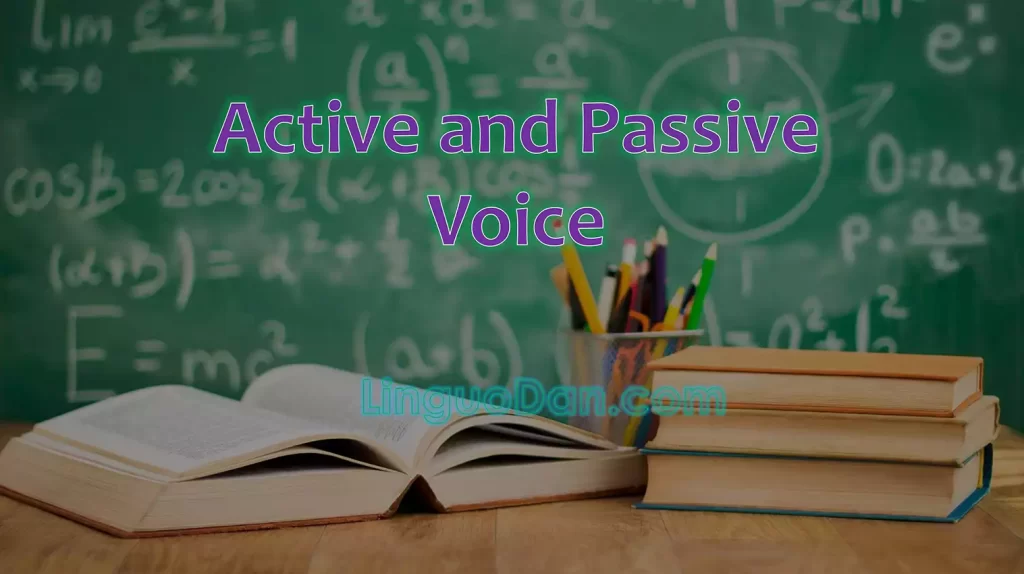Active and Passive Voice

Active and Passive Voice are grammatical states in the English language that help to understand how the subject is expressed – the object of the action or its performer.
- Active Voice – indicates that the action in the sentence (predicate) is performed by the subject
- Passive Voice – indicates that the subject does not independently perform the action indicated in the sentence, but feels this action on himself, that is, is the object of this action
The passive state of verbs is formed using the verb to be and a past participle (the first form of regular verbs ending in -ed or the form given in the third column of Irregular verbs). At the same time, the verb to be changes according to tenses, persons and numbers, and the participle remains unchanged.
The Formula for Active Voice і Passive Voice
| Active | Passive | |
| Present Simple | V | am/ is/ are + V3 |
| Present Continuous | am/ is/ are + Ving | am/ is/ are + being + V3 |
| Present Perfect | has/ have + V3 | has/ have + been + V3 |
| Past Simple | V2 | was/ were + V3 |
| Past Continuous | was/ were + Ving | was/ were + being + V3 |
| Past Perfect | had + V3 | had + been + V3 |
| Future Simple | will + V | will + be + V3 |
| Future Perfect | will + have + V3 | will + have + been + V3 |
| Modal Verbs | can/ could/ should/ may/ might/ must + V | can/ could/ should/ may/ might/ must +be + V3 |
An example of forming the passive voice of a verb
| Active | Passive | |
| Present Simple | We build the house | The house is built |
| Present Continuous | We are building the house | The house is being built |
| Present Perfect | We have built the house | The house has been built |
| Past Simple | We built the house | The house was built |
| Past Continuous | We were building the house | The house was being built |
| Past Perfect | We had built the house | The house had been built |
| Future Simple | We will build the house | The house will be built |
| Future Perfect | We will have built the house | The house will have been built |
| Construction to be going to | We are going to build the house | The house is going to be built |
| Modal Verbs | We can build the house | The house can be built |
In the active voice, the subject (being or non-being) performs an action:
- Thieves stole a painting from the museum night
The passive voice is used when we are not interested in the performer of the action, but in the person or object on which the action is performed. That is why a word that denotes a person or an object becomes a subject in the passive voice:
- A Minting was stolen from the museum last night
The use of verbs in the Passive Voice is characteristic of a business and scientific style:
- The liquid was heated to 60 and then filtered
To indicate the performer or performers of the action, the preposition by is used next to the verb in the passive voice:
- The painting was stolen by masked thieves
When talking about the object with which the action was performed, the preposition with is used:
- She has drawn the picture with a pencil
In the passive svoiceate, the Future Continuous Passive is not used. The rest of the time forms are used according to the same rules as in the active voice.
Examples of use Passive Voice (we say what happens to the subject):
- How old is this house? It was built in 1981
- Two hundred people are employed by the company
Examples of use Active Voice (we say what the subject does):
- My grandfather was a builder. He built this house in 1981
- It’s a big company. It employs two hundred people
Passive Voice in English: Active and Passive Voice Rules and Useful Examples